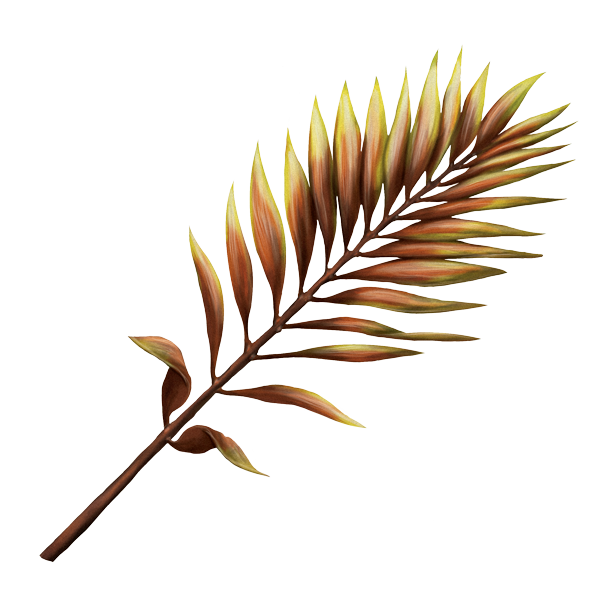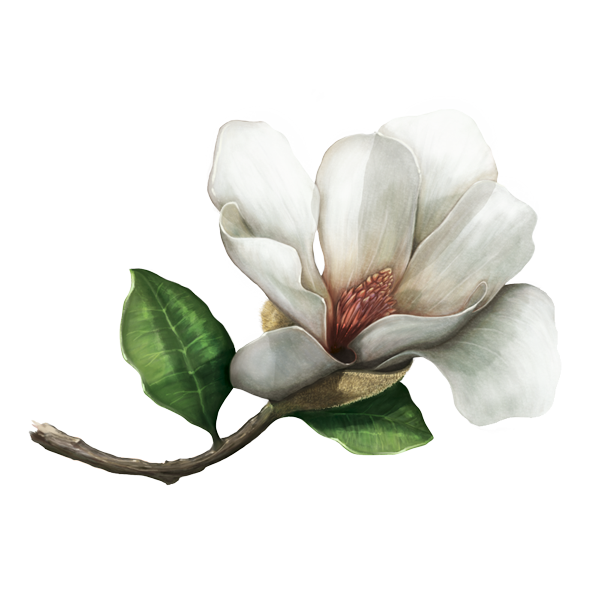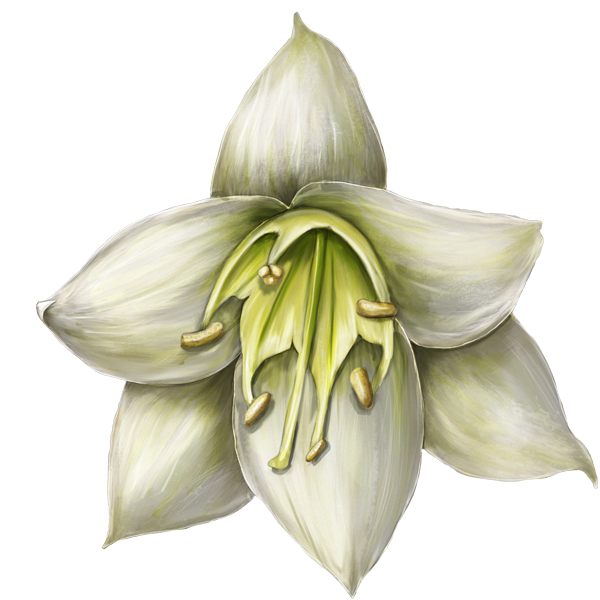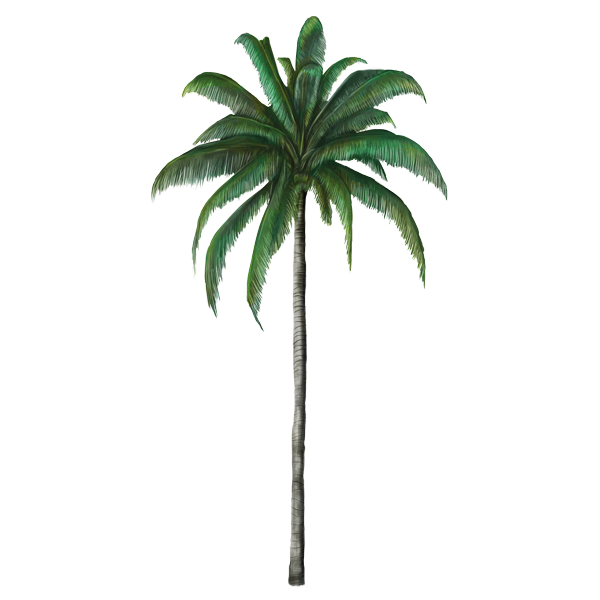Information file: 202
Plant Groups of Conservation Interest
Tropical cycads, magnoliids, palms, and endemic species
Carolina Castellanos ▶ Diego Córdoba ▶ Cristina López-Gallego ▶ Laura Toro ▶
All species of tropical cycads and magnoliids, in addition to 20 % of palms, are under some threat category. Also, 36 species that are endemic to the tropical dry forest are endangered. In this scenario, it is essential to implement conservation actions for these species and include them in restoration plans.
▲ See map ▼
Record representativeness of tropical cycads, magnoliids, palms, and endemic species of the tropical dry forest inside Sinap
Records representativeness of tropical cycads, magnoliids, palms, and endemic species of the tropical dry forest outside Sinap
In Colombia, plants are a common element of the landscape, even in houses and cities. Yet not all plants are the same: some have restricted distributions while others are abundant in all of the territory. Plants also differ in that some species were once amply distributed, but now are scarce due to their commercial and cultural uses or the effects of territorial transformation.
Avoiding species extinction is a global priority, as is improving the conservation status of threatened species, especially those with greatest population declines ( Aichi Targef 12 for 2020). In Colombia about 80 % of plant species lack information regarding their conservation status; consequently, it is necessary to develop conservation strategies for species that are a priority due to their biological, socio-economic, and cultural importance. Those that have a restricted distribution, such as endemic species, could also be prioritized since their disappearance from the territory would signify extinction.
Conservation efforts to ensure the preservation of these species require updated and available information about their distribution, ecology, and use. In this sense, there has been an increase of information for the groups of palms, tropical cycads y magnoliids. Currently, all of the tropical cycads 1 and magnoliids2 of the country are threatened, and 53 species of palms3are in the same situation. In the tropical dry forest, research has been carried out in order to increase the amount of knowledge about endemic species of this ecosystem. There are 54 endemic species for tropical dry forests, and 36 of these are threatened.Evaluating the representativeness of these species in the Sistema Nacional de Áreas Protegidas (National System of Protected Areas-SINAP for its initials in Spanish) and the Nature Reserves of the Civil Society may give a clue to whether conservation measures are being effective. Although representativeness indexes are encouraging, they also show that a significant percentage of species require complementary conservation measures,, especially those that are out of SINAP or natural areas (inside agricultural and artificial areas). Complementary conservation measures include collecting individual ex situ as well as developing protocols for reintroduction and propagation in their natural habitat or promoting their sustainable use. In general, research about wild populations should increase for all species, in such a way that all of the parts involved in plant conservation in the country are working in conjunction.
▲ See priority species ▼
- Amorimia concinna EN
- Chrysophyllum euryphyllum EN
- Eucharis caucana CR
- Ficus magdalenica LC
- Karwinskia colombiana EN
- Handroanthus coralibe EN
- Licania platypus CR SiB Colombia
- Mandevilla aridana CR
- Pitcairnia stenophylla CR
- Magnolia calophylla EN SiB Colombia
- Magnolia georgii EN
- Magnolia mahechae EN SiB Colombia
- Magnolia narinensis CR
- Magnolia striatifolia EN
- Magnolia wolfii CR SiB Colombia
- Aiphanes killipii CR
- Ceroxylon ventricosum EN
- Reinhardtia simplex CR
Plants are the basic structure of every ecosystem. Although animals and all other species play important roles, plants are the organisms that support the habitat and its related supply of resources on which other species depend, including human beings and society.
- Carolina Castellanos -
(in spanish)
Groups of plants in the SINAP
The areas with greatest numbers of species in prioritized groups are: Serranía del Perijá, Paramillo and Tayrona, Regional District of Integrated Management of paramos Guantiva - La Rusia and oak forests and neighboring areas, Anchicaya River, and Dagua River..
What is RUNAP?
Palms
Threats and conservation efforts per groups of plants:
Tropical cycads
Threats and conservation efforts per groups of plants:
Threats:
Habitat loss
Use:

Conservation efforts:
+ Action Plan for the Conservation of Tropical cycads in Colombia Download
◀ Previous Next ▶Propagation for 6 tropical cycad species1, 7 magnoliids in CORANTOQUIA jurisdiction3 and more than 10 propagation and ex situ conservation for palms2, have been implemented in the country. In these, the Colección Nacional de Palmas (National Palm Collection) stands out, with 190 species of native palms.
◀ Previous Next ▶Magnoliids
Threats and conservation efforts per groups of plants:
Threats:
Habitat loss
Extraction of timber
Use:

Conservation efforts:
+ 7 species are included in conservation measures under the jurisdiction of CORANTIOQUIA.
◀ Previous Next ▶Dry forest
Threats and conservation efforts per groups of plants:
Threats:
Habitat loss
Use:

Conservation efforts:
+ 8 species are included in some type of management or conservation.
◀ Previous Next ▶
 PDF version
PDF version Methods (in Spanish)
Methods (in Spanish) References
References Share
Share